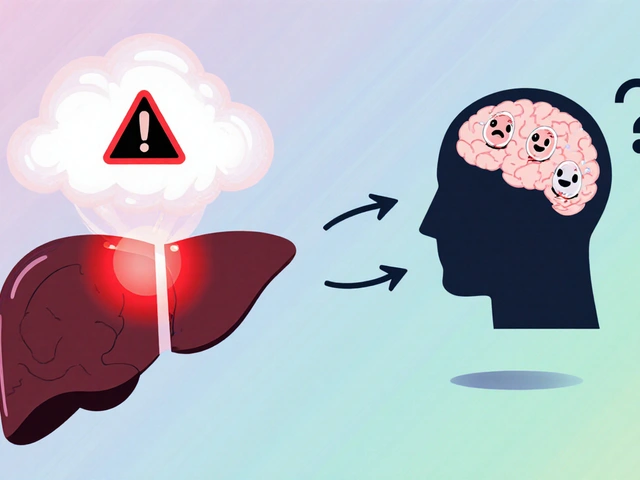Experience the Incredible Health-Boosting Effects of Royal Jelly
July 26 2023Aggrenox vs Clopidogrel: A Practical Comparison
When looking at Aggrenox vs clopidogrel, the side‑by‑side evaluation of two widely used antiplatelet agents for preventing recurrent strokes. Also known as dual‑therapy vs single‑agent debate, this comparison matters to anyone trying to balance clot prevention with safety. The first step is to understand that both drugs belong to antiplatelet therapy, a class of medicines that stop platelets from clumping together and forming blood clots. While Aggrenox combines aspirin with dipyridamole, clopidogrel works alone as a thienopyridine. The choice between them hinges on how each interacts with the body’s clotting cascade, how patients tolerate the regimen, and what underlying conditions they have. Below we’ll unpack the science, the clinical outcomes, and the safety concerns that shape real‑world prescribing.
How the Drugs Work and Who They Help Most
The core of the ischemic stroke, a type of stroke caused by a blockage in a blood vessel supplying the brain treatment story is stopping that blockage from forming again. Aggrenox tackles the problem from two angles: aspirin reduces platelet activation, while dipyridamole boosts the levels of cyclic AMP inside platelets, making them less sticky. In contrast, clopidogrel blocks the P2Y12 receptor on platelets, preventing them from responding to ADP, a key clot‑forming signal. Studies show that the combination in Aggrenox can lower the risk of another stroke by about 20 % compared with aspirin alone, but clopidogrel often matches that benefit in patients who can’t tolerate dipyridamole. Understanding these mechanisms helps clinicians match the right drug to the right patient profile.
Beyond the chemistry, the decision is also shaped by the patient’s overall risk landscape. A history of gastrointestinal bleeding, for instance, might tip the scales toward clopidogrel because it avoids the aspirin component that can irritate the stomach lining. On the other hand, patients who have previously responded well to aspirin and can handle the twice‑daily dosing of dipyridamole may gain extra protection from Aggrenox. The interplay between drug action and individual health status creates a clear semantic link: stroke prevention is influenced by patient risk profile. This link is the backbone of personalized medicine in antiplatelet therapy.
When clinicians evaluate the evidence, they also consider the broader picture of bleeding risk, the potential for a medication to cause unwanted hemorrhage, especially in the gastrointestinal tract or brain. Both Aggrenox and clopidogrel increase bleeding risk compared with no therapy, but the patterns differ. Aspirin‑containing regimens tend to cause more minor gastrointestinal bleeds, while clopidogrel may carry a slightly higher chance of serious intracranial hemorrhage in certain high‑risk groups. The trade‑off is evident: antiplatelet therapy requires balancing clot prevention with bleeding risk. Doctors often run a quick assessment—checking past bleed events, current use of NSAIDs, and even liver function—to decide which agent presents the lower overall danger for a particular individual.
Finally, cost and convenience can’t be ignored. Aggrenox comes in a fixed‑dose combination pill taken twice daily, which some patients find easier to remember but may be pricier than a generic clopidogrel tablet taken once daily. Insurance coverage, pharmacy discounts, and patient preference for dosing frequency all feed into the final choice. All these factors—mechanism, efficacy, safety, cost, and patient habits—form a network of relationships that define the Aggrenox vs clopidogrel comparison. Understanding how each piece fits together equips you to make an informed decision, whether you’re a prescribing clinician, a caregiver, or a patient looking for clarity.
Below you’ll find a curated selection of articles that dive deeper into each of these areas. From detailed mechanism breakdowns to real‑world safety data and cost‑saving tips, the posts ahead will give you actionable insights that complement the overview you just read. Explore the range of topics, compare the key points, and use the information to guide your next step toward safer, more effective stroke prevention.
 1 Oct
1 Oct
Aggrenox vs. Top Antiplatelet Alternatives: Detailed Comparison for Stroke Prevention
A clear, side‑by‑side comparison of Aggrenox with clopidogrel, prasugrel, ticagrelor, aspirin, warfarin, rivaroxaban and dabigatran, including costs, risks, and when each is best.
Read More...



